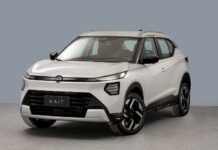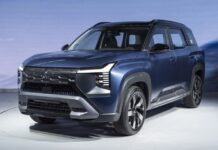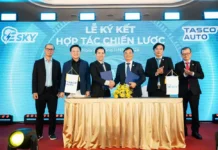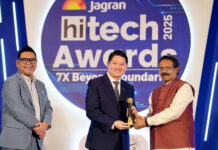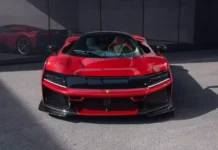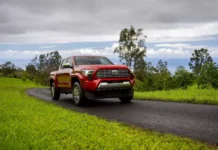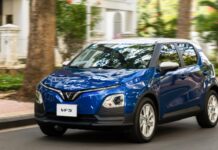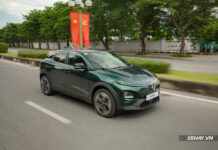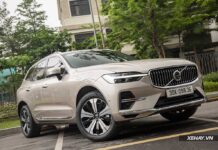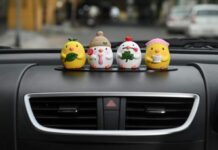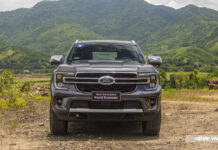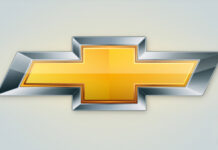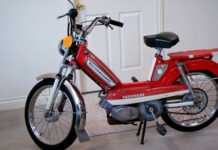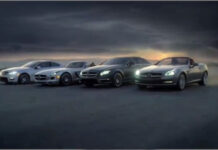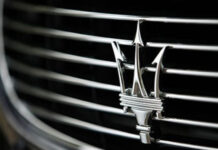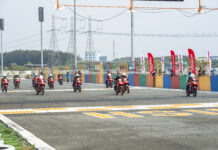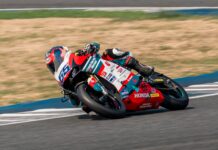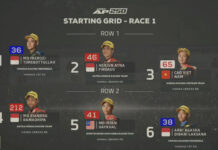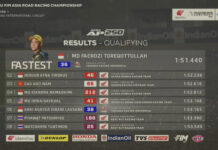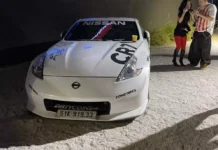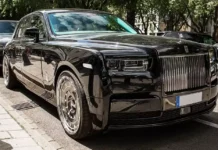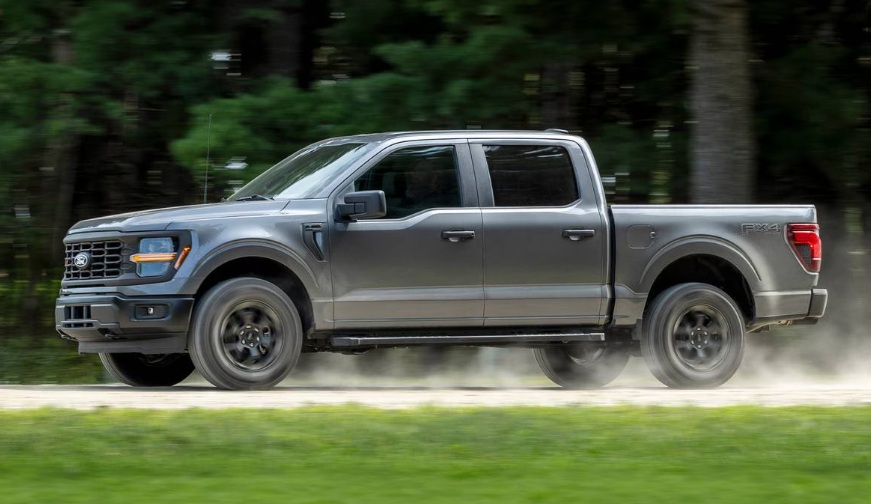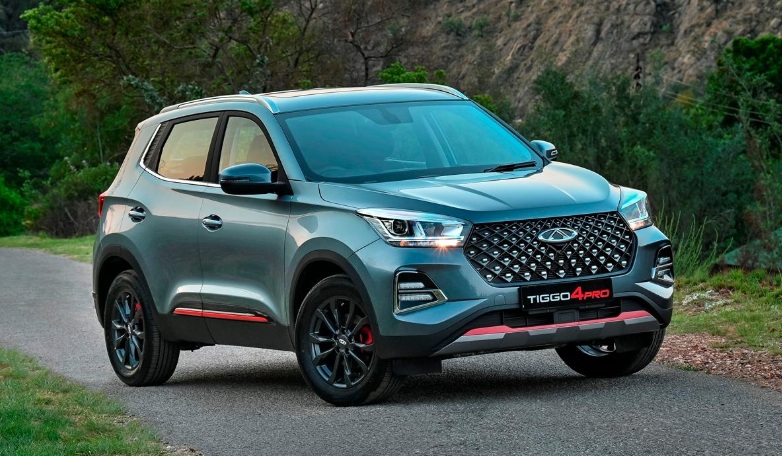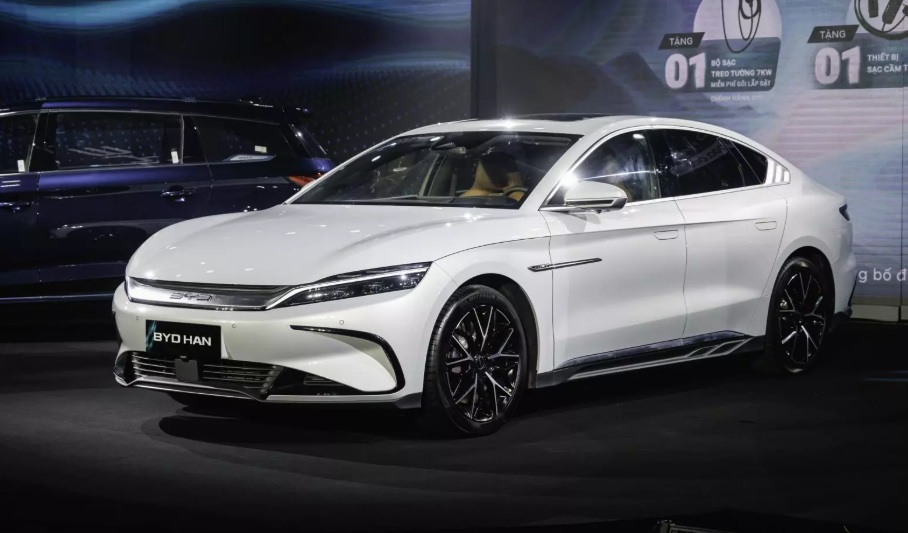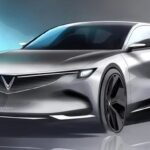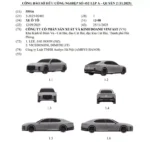In a recent development, Caresoft Global Technologies, a renowned automotive assessment and analytics firm, has taken a deep dive into Chinese vehicles, revealing intriguing insights.
At Caresoft’s facility, engineers meticulously disassembled various models from China to examine their assembly and cost structure. They laid out thousands of components on tables or mounted them on walls for analysis.
Caresoft Global Technologies’ study concluded that while Ford, GM, and Chrysler have made improvements in their manufacturing processes, they are still lagging behind their Chinese competitors.
As an illustration, Caresoft points out that a typical automobile manufacturer uses 12 rare earth magnets to secure the vehicle’s headliner in place, with each magnet costing $1 (over 25,000 VND). Moreover, due to the aluminum construction of the headliner, additional steel supports must be riveted in place for the magnets to adhere properly. In contrast, a Chinese automaker simply uses adhesive strips to secure the headliner, costing merely a fraction of a cent each.
Additionally, on electric vehicles from Chinese manufacturers or Tesla, the crossbar behind the dashboard may be made of plastic or a combination of thin metal with plastic supports. Conversely, the aforementioned traditional automakers tend to use costly thick aluminum for the same component.
These two examples alone shed light on how Chinese automakers can offer modern vehicles at such competitive prices.
The Chinese government, through an entity called the China Automotive Technology & Research Center, has been working closely with domestic automakers to establish common standards for vehicle components across the industry. This approach reduces complexity, cuts costs, and enhances speed and efficiency by promoting parts sharing among different brands.
Chinese vehicles are posing a significant challenge to the global automotive industry with their rapid progress. In 2024, approximately 6.4 million Chinese-made cars were exported worldwide, marking a 23% increase from 2023. Chery and BYD emerged as the fastest-growing brands in Australia for that year, while Geely secured a top 10 spot in several Southeast Asian countries. In South Africa, Chinese automakers captured 9% of the market in 2024, and in North America, MG outsold Ford, Hyundai, and Honda in Mexico during the same period.
It is worth noting that the Chinese government actively encourages domestic automakers to engage in healthy competition. While intense, this survival-of-the-fittest approach fosters continuous innovation and rapid development, enabling Chinese automakers to go toe-to-toe with global giants.
Mathew, CEO of Caresoft, emphasizes that traditional automakers must embrace change, innovate, and be open to learning from Chinese automakers, Tesla, and startups, or risk falling behind in this highly competitive landscape.
TH (Tuoitrethudo)

